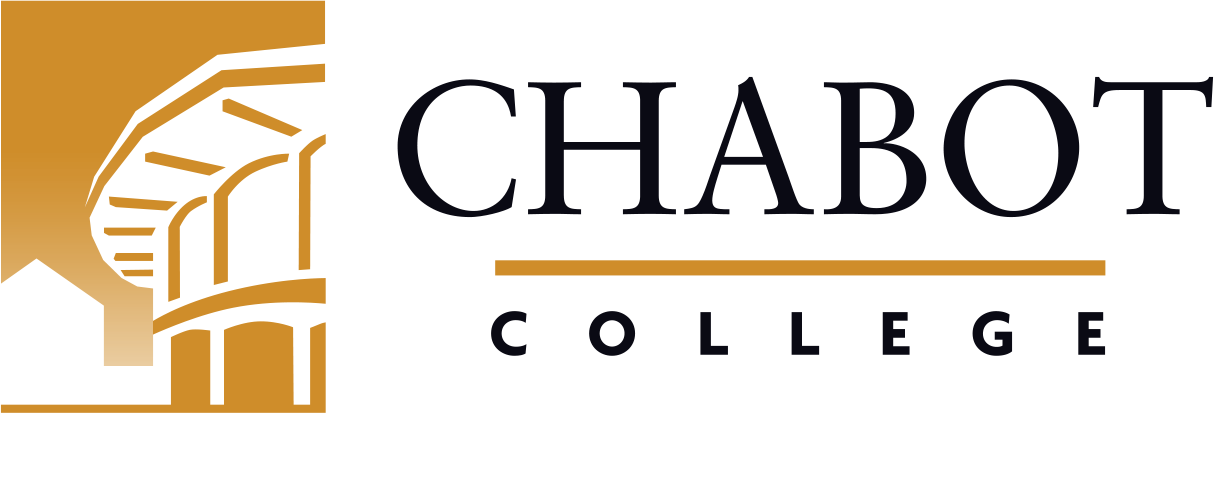
Course Outline for Dental Hygiene 54
Pharmacology
SLO Rev:
DHYG 54 - Pharmacology
2.00 Units
| Type | Units | Inside of Class Hours | Outside of Class Hours | Total Student Learning Hours |
|---|---|---|---|---|
| Lecture | 2.00 | 36.00 | 72.00 | 108.00 |
| Total | 2.00 | 36.00 | 72.00 | 108.00 |
- differentiate between chemical names, generic names, and trade names of drugs;
- define the terms: pharmacotherapeutics, pharmacodynamics, and toxicology;
- differentiate between the terms: potency vs. efficacy; ED vs. LD; onset of action vs. duration of action;
- describe the major distribution areas and routes of drugs in the body, including the factors affecting this distribution;
- identify drugs (and drug products) actively prescribed and/or employed in dental and dental hygiene practice:
a. describe their pharmacologic and therapeutic effects including mechanism of action and adverse effects;
b. describe their administration and distribution in the body;
c. list and describe their main clinical uses and side-effects, including dosage ranges and precautions for use;
d. classify and list commonly-used preparations (of the drugs) including generic names and trade names;
e. compare and contrast the use and efficacy of similar drugs within a pharmacologic class including their advantages and disadvantages, in clinical use; - describe how drugs (and drug products) not normally utilized in dental and dental hygiene practice, but capable of presenting a potential dental practice problem when prescribed medically, will modify a patient's functions and how these modifications require proper handling of the patient in clinical practice:
a. describe the pharmacological action and generic therapeutic use of these drugs with special emphasis on those self-effects and adverse reactions that affect clinical practice;
b. describe the major interactions of these drugs and procedures employed and prescribed in clinical practice;
c. list and describe clinical precautions to be employed when these drugs are being used medically by the patient; - indicate the indications and contraindications for use of medications by pregnant and /or lactating females;
- describe the drug interactions that occur when the drug(s) are taken by a pregnant and/or lactating female;
- indicate the signs and symptoms of drug abuse and the treatment modalities for dealing with the drug addicted patient.
1. General principles of pharmacology; untoward reactions
2. Drugs affecting the autonomic nervous system
3. CNS Depressants: psychotherapeutic agents, anti-psychotic anti-anxiety and anti-depressants
4. Anticonvulsant and CNS stimulants
5. Analgesics-narcotic and non-narcotic
6. General anesthesia and local anesthesia
7. Adrenocorticosteroids and other hormones
8. Chemotherapeutics-antibiotics
9. Chemotherapeutics-antifungal and antiviral drugs
10. Cardiovascular drugs
11. Respiratory and gastrointestinal drugs
12. Autocoids and antihistamines
13. Antineoplastic drugs
14. Pregnancy and breast feeding
15. Drug abuse
16. Vitamins, mineral, and herbals
17. Hormones and Bisphosphonates
18. Emergency Drugs
- Case studies
- Lectures
- Presentation of audio-visual materials
- Class and group discussions
- Research project
- Group Presentations
- Utilize current drug guide to define the mode of action, dosage, indications/contraindications and dental considerations for a commonly-prescribed drug.
- Using a clinical patient write a case study using the drugs that the patient is currently taking. Develop test questions that could be used to test your classmates' knowledge of the effects of the drug on the patient and/or the patient's treatment plan.
- Group presentation of drugs to include: Classification, dosages, effects, side-effects, contraindications
- Quizzes
- Midterm Examination
- Final Examination
- Critical thinking exercises
- Class Participation
- Group Projects
- Identify and discuss drugs commonly prescribed in the dental practice, their pharmacologic and therapeutic effects, mechanism of action, adverse effects, clinical uses, and side effects
- Identify and discuss commonly prescribed drugs, there pharmacologic action and therapeutic use, potential drug interactions and adverse effects related to the provision of dental hygiene care
- Haveles, Bablenis Elena (2023). Applied Pharmacology for the Dental Hygienist (9th). C.V. Mosby.
- Bowen, D. M. & Pierin, J. A. (2023). Dental Hygiene Theory and Practice (5th). Elsevier.
- Wynn, R. L., T.J. Meiller, and H.L. Crossley (2020). Drug Information Handbook for Dentistry. (26th or most current edition). Wolters Klewer.